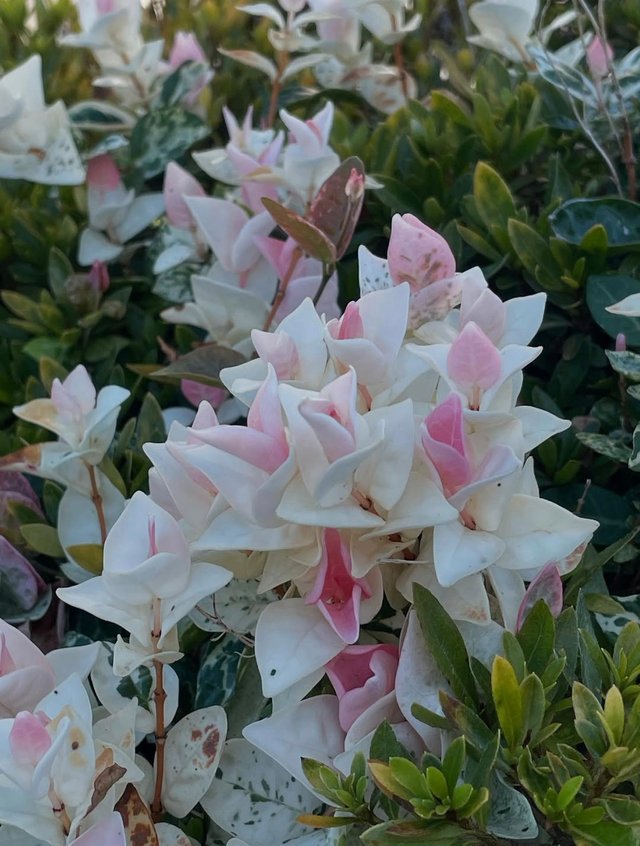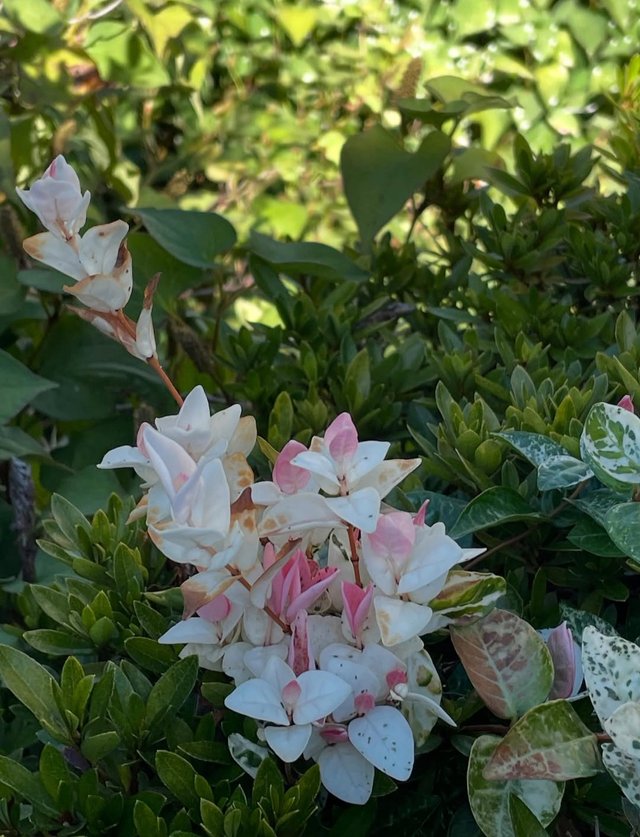Ixoroideae Flower
Ixoroideae flower belongs to a large and diverse subfamily of the Rubiaceae family which includes more than 4000 species of flowering plants distributed mainly in tropical and subtropical regions of the world and is well known for its ornamental, ecological, and medicinal significance. The plants of this subfamily vary from small shrubs and herbs to large trees and lianas, showcasing a wide range of morphological adaptations that allow them to thrive in different habitats including rainforests, savannas, and cultivated gardens.
The flowers of Ixoroideae are often showy, clustered in inflorescences such as cymes, panicles, or heads, and exhibit a remarkable diversity in color, shape, and fragrance. Many genera such as Ixora, Gardenia, Coffea, Pavetta, and Alberta are part of this subfamily, and they are recognized for their economic, ornamental, and cultural value. The corolla of Ixoroideae flowers is typically tubular or funnel-shaped with four to five lobes, and the colors range from vibrant reds, oranges, yellows, and pinks to pure whites, depending on the species. Ixora flowers, often called flame of the woods, are particularly admired for their dense clusters of bright blooms which symbolize passion and vitality in many cultures.
Gardenia, another famous genus, is cherished for its large, creamy white, intensely fragrant flowers that are widely used in perfumery and religious ceremonies. Coffea, the coffee plant, produces small, star-shaped white flowers that have a sweet jasmine-like fragrance, and they later develop into coffee beans, one of the world’s most important crops. Ecologically, Ixoroideae flowers play a crucial role as they attract a wide range of pollinators including bees, butterflies, moths, and birds with their bright colors and nectar rewards, thus ensuring cross-pollination and genetic diversity. Some species also have specialized pollination systems involving moths or specific bird species, reflecting the close coevolution between plants and pollinators.




